Terry Blas Talks Conventions, Artistic Advice, and the Power of Representation in Media
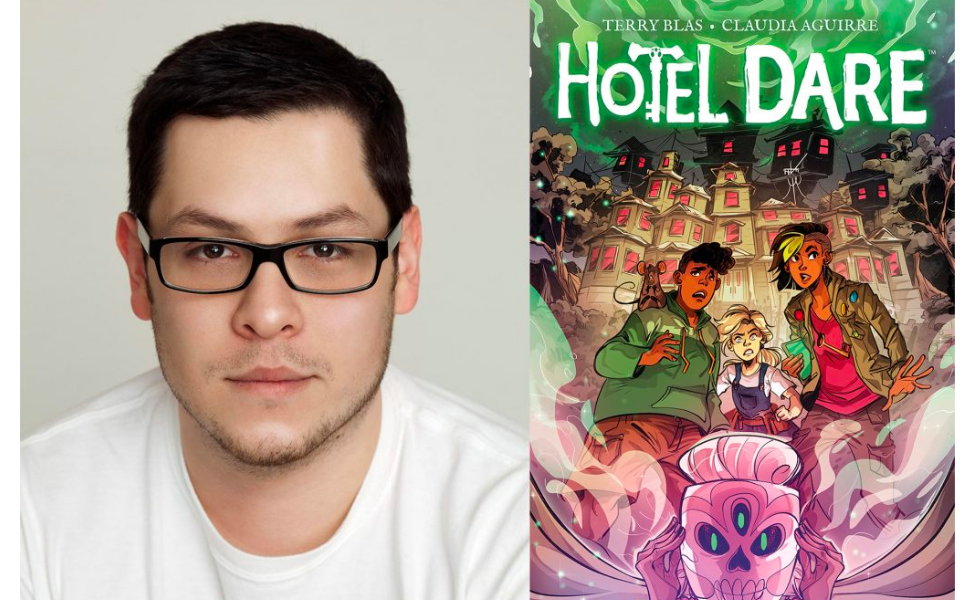
Terry Blas is a gay, Chicano (Mexican-American) writer and artist. His original work includes graphic novels Dead Weight: Murder at Camp Bloom, Hotel Dare, and Lifetime Passes. Just this summer, he wrote a short story for Young Men In Love, an anthology published by A Wave Blue World. He is also the writer and illustrator for Marvel’s REPTIL, which centers around a young Mexican superhero.
He carries a diverse portfolio of artwork, depicting superheroes, drag queens, and impactful icons with a comic-book inspired style and an array of vibrant colors. One thing that sets him apart from other artists are his standees, which makes for awesome desk or shelf decor.
Terry attended FlameCon as a featured guest for 2022 — check out our cosplay coverage for the convention here. Carbon Costume got the wonderful opportunity and pleasure to sit down with Terry to chat about conventions, artistic advice, and the power of representation in media.
Hi Terry! Thanks for taking the time to interview with Carbon Costume. How’s the con going for you so far?
Terry: “Pretty good. It’s really nice to have the in-person con again — it’s been a couple of years. But it’s been really nice to just see people and sell stuff and socialize. Yeah, it’s been going really great so far.”
I think you were the first artist I ever commissioned back in 2016, and I’ve been a huge fan since. How has your artwork evolved over time?
Terry: “Oh wow. That’s interesting because I feel like considering my career right now, mostly the bulk of the work is writing. I think a lot of people assume I don’t draw as much, but I still do. And so, since I don’t draw mostly a lot of comic stuff, I feel like the bulk of my illustration work sometimes is commissions.
I think being able to do that allows me to do commissions that are fun and also draw certain things for myself that I feel like I might not have time to do if I were doing illustration professionally. Like in another means of drawing comics or whatever. If someone wants me have me do a [comic] cover or something, I’ll do that [laughs].
I feel like it’s evolved in a couple different ways. One being that, and the other being for the sake of speed and doing work digitally more and more is something I certainly rely more heavily on.”
You’ve been featured at RuPaul’s Drag Con, Emerald City Comic Con, and now here at Flame Con. What got you into the convention scene?
Terry: “I think as I started working in comics, knowing that conventions were a just a good way to connect with readers, or people who like your artwork, to me felt important. I think artists and writers tend to or can live a very solitary life, alone in their room drawing and writing [laughs]. So it’s nice because it gives you a sense of the community that you belong to that you may not feel a part of in a lot of ways.
So conventions are really great for that. Certain things come with being able to sell and promote your work that give you a really valuable set of skills that serve to help you in the long run. So yeah, I got into conventions by working in comics, and realizing they were a good way to meet people.”
You’re so good with creating art that’s relevant — you created art of Namor right when the Wakanda Forever trailer dropped! What’s your artistic process like?
Terry: “Well [laughs] — in the instance of the Namor piece. I knew that, one, it was something I’d been waiting for and was excited about. I knew I wanted to draw it, but I knew that as people, due to social media and other things, we tend to have sort of short attention spans now. So I wanted to be able to create stuff that I like quickly and timely so people grasp that it’s happening now.
So my process with that is usually just gathering as much reference as I can — so when the trailer hits, screencapping from Youtube — and sometimes it’s difficult. For instance, the piece of him [Namor] in the headdress and I had to keep looking. Sometimes toys give good reference — but usually it’s gathering the reference, and for me, drawing as quick as I can. I can spend a whole week making something perfect, but I think if you’re working on a piece, reminding yourself, you don’t need to zoom in at 500% — no one is going to see it at that size. Working a little bit smarter instead of harder. With the Namor print, because it’s so symmetrical I only drew half of it [laughs] and I just mirrored it so I could save on time.
I think it’s now how I approach most artistic projects. My personal preference is to draw stuff traditionally and then to scan that and color it digitally. That’s usually how I do most of my artwork.”
That’s really similar to how cosplayers approach projects — reference pictures, zooming in on details, looking at toys, looking at designs.
Terry: “Because you can obsess right? You can be like, okay, is this the way it’s supposed to be? Going back and forth, [asking yourself] will this be good enough? Are people going to notice this?
Being very detail-oriented seems to be a common thread in any creative practice. So doing things that are better for you — not obsessing over details and working smarter not harder totally resonates.
Terry: “Yeah, absolutely. So then I can have an evening where I make dinner and watch my shows [laugh]. So I’m not working 24/7.”
Rather than doing that while working!
Terry: “Totally! That’s exactly it, yeah.”
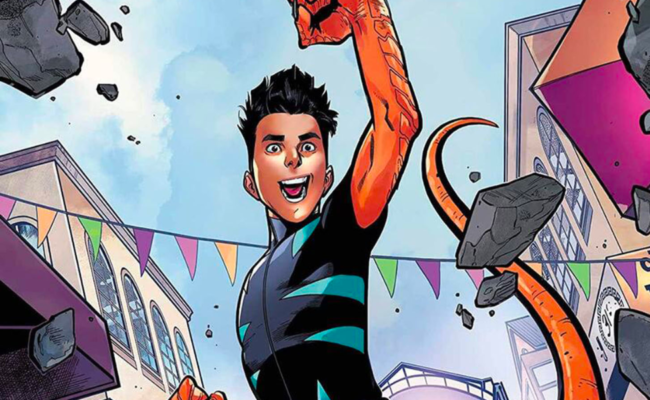
The cover of “Reptil: Brink of Extinction” written and illustrated by Terry Blas.
On the subject of Marvel, what was it like writing and illustrating Reptil and Marvel’s Voices Pride?
Terry: “Those were really fun! Especially with Reptil being a character I didn’t create — he’s been in comics for ten years — so it was fun to feel like I was helping expand his story and solidify his personality as a superhero. Writing that series also allowed me to create his family and new characters for Marvel that were then being used in Marvel’s Voices: Comunidades.
For me it’s been a really great experience and really fun to be able to dip into those worlds. My Pride story was about the X-Men and that was fun…generally been a really fun, positive experience where I felt really supported and had a really great time.”
How do your identities – being a part of the Latinx community and LGBTQ community — influence your artwork?
Terry: “For me, obviously representation is super important. The thing that I try really hard for, in some ways, is accuracy in the representation. For instance, I don’t ever want to see a TV show, comic, or book about Los Angeles again that doesn’t feature Mexicans [laughs]. There are more Latinos in Southern California than there are white people. So I can’t write a story about, say Reptil in Marvel, living in LA and not being a bunch of people from various backgrounds.
As a gay Mexican-American man, it’s important people understand that there are 50 million+ Latinx people in the United States, and 30+ million of those are Mexican, and that we are the largest ethnic minority group in the country with the least amount of representation across media. We account for 25% of all movie ticket sales every weekend, yet we’re only 2% in front of or behind the camera in terms of representation.
That’s why I try super hard to always have queer and/or Latinx character in my books because the fastest growing demographic in the United States is the college educated Latina. I grew up in a house with three Latinas. It’s changed now — there’s some great TV writers who are changing this up quite a bit — but growing up I didn’t see Latinas accurately reflected on TV, like the women I knew in my life. That reflected how I wrote Reptil, because I wanted him to have a cousin who was young, smart, intelligent, and taking college courses. Because when I hear that’s the fastest growing demographic, [I ask] where are the books for them? That’s how I feel it affects my work.
Because we’re the fastest growing demographic and ethnic minority group, in the next 10-15 years, we’ll be an entire quarter of the United States. I think that’s exciting but I think it also scares a lot of people. So I think having more stories about Latinx people and more Latinx can only serve an understanding and empathizing and relating to us who may not be Latinx.”
Those statistics are nuts. Representation absolutely matters, especially in pop culture.
Terry: “It does a lot. I saw Namor in the trailer and almost cried. I feel like representation is important because if we don’t see ourselves back in stories, the message that we get is that we don’t exist — but we know that we do [laughs]! It clashes in our head when we get that message, so seeing yourself reflected back does something that’s often very emotional and physical for people.”
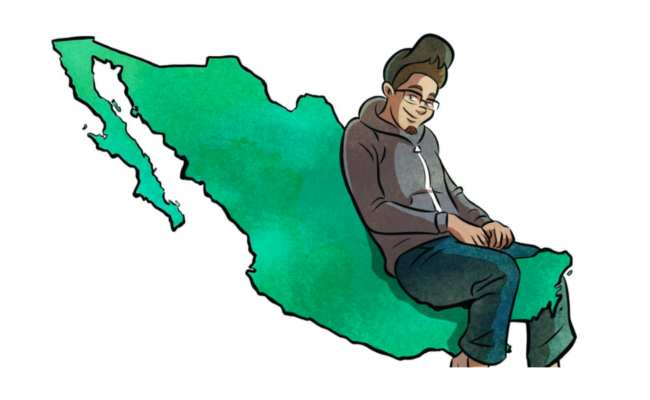
Blas created the online comic, “You Say Latino” to discuss the difference between the terms Latino and Hispanic. He then created “You Say Latinx” to address gender neutrality.
What advice would you give to artists, cosplayers, or anyone creating things?
Trigger Warning: The second paragraph mentions suicide.
Terry: “I would say, because somebody who does a bunch of different things — I like to draw, paint, write, sing [laughs]. I don’t think somebody should do just one thing. What would help, especially for a lot of young people, is to find something that you’re passionate about and just do what you can to become an expert at it. Especially young queer kids.
I come from a very religious background, and the highest suicide rates are among LGBTQ Mormon youth. I’m often asked by them what to do when they’re having really difficult moments. Since I come from that background, I often tell them find something you’re really good at because if you can make yourself an expert and really study it, then that can become a skill that you turn into a job. If things feel really down or bad, then you can focus on something you feel really positive about that will help you see there’s something you can be doing in your adult life with that.
Aside from that, to be really passionate about what you do make. People can tell when you put your heart and soul into something. This might sound weird, but to do it on purpose. Don’t say like, that you want to draw comics if what you continue to do is make cosplayer. Then you’re a cosplayer; there’s nothing wrong with that [laughs]! Embrace that and do that.”
Can you tell us about any upcoming projects?
Terry: “I can say that — I have written a graphic novel about a Mexican person. And that’s all I can say. And I am writing more comics for one of the two — and that’s all I can say [laughs]. Hopefully both of these are announced in several months.”
Thanks so much again! I really appreciate your time.
Terry: “Yeah, of course!”
Be sure to support Terry by visiting his website and following him on Twitter and Instagram under the handle @TerryBlas.
There are no comments yet, add one below.
Stay connected. Don't miss out!
Get new costume guides in your inbox once a month.
 Carbon Costume
Carbon Costume 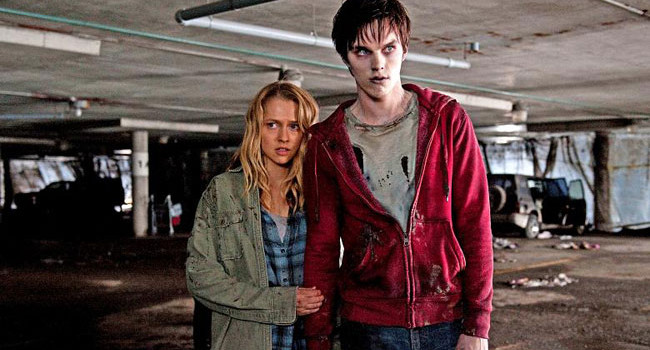
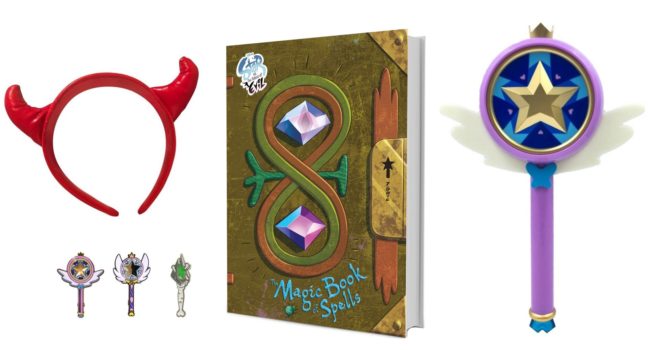
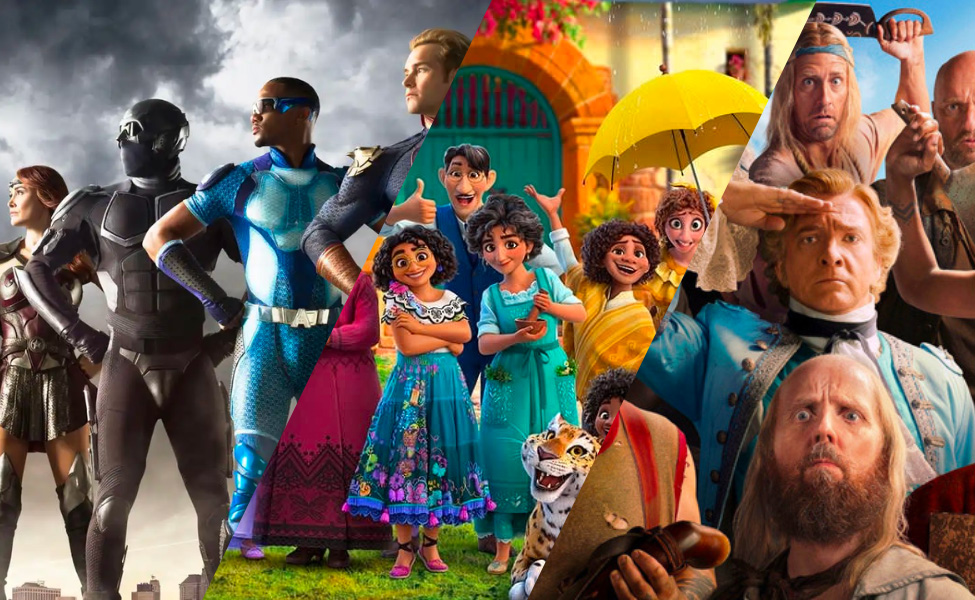
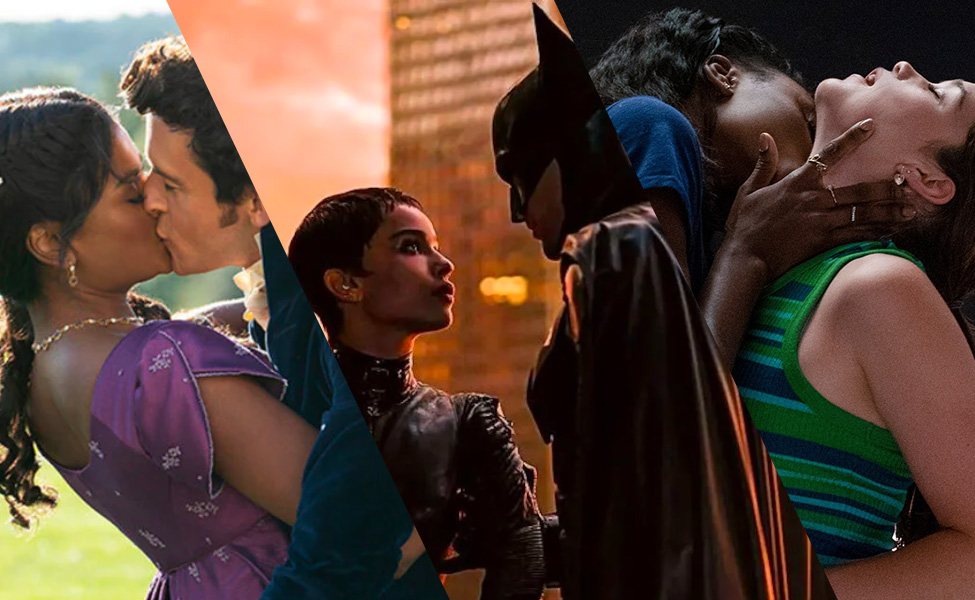
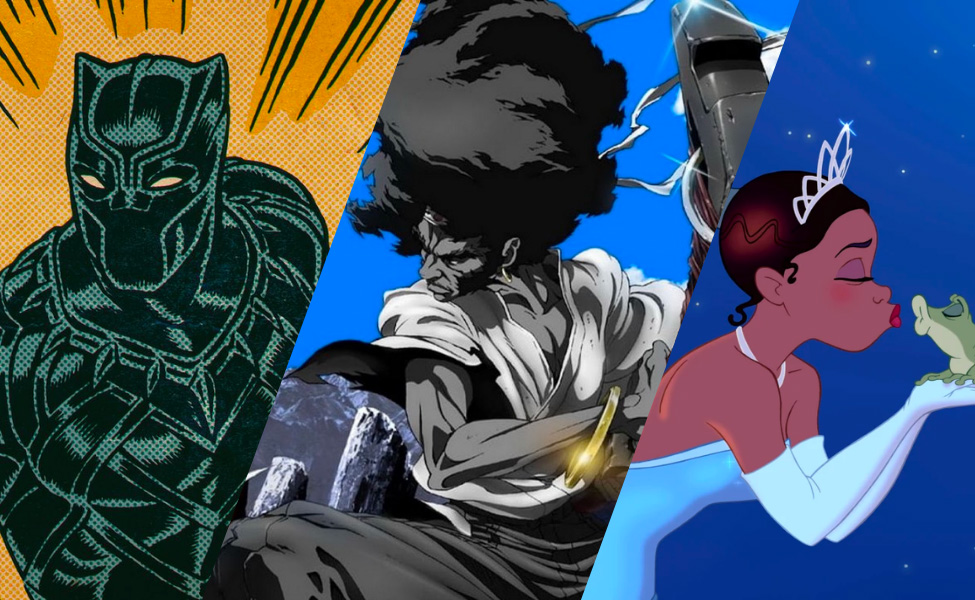
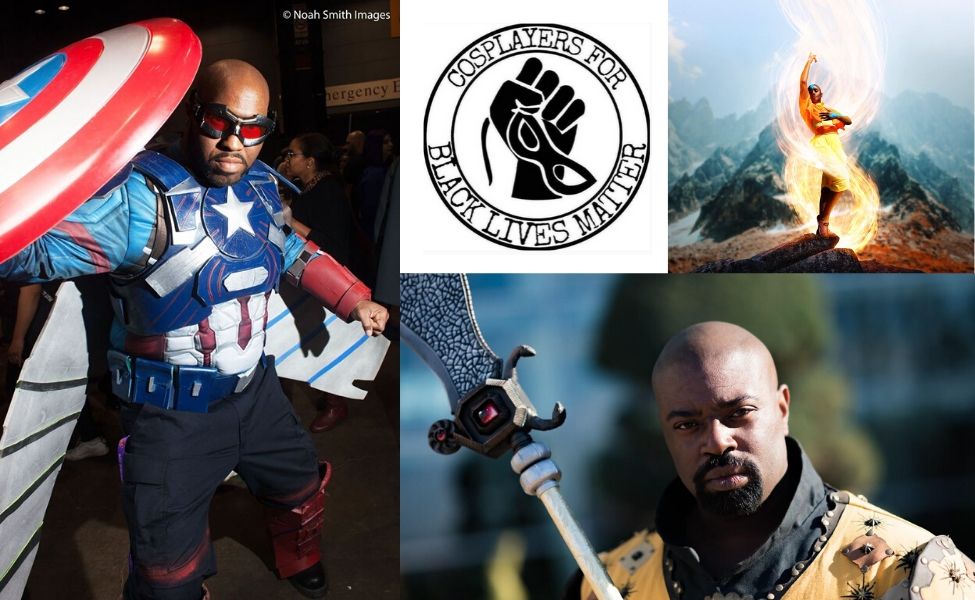
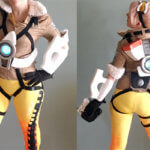

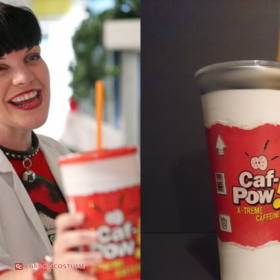
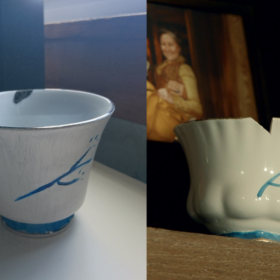
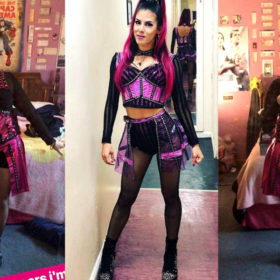
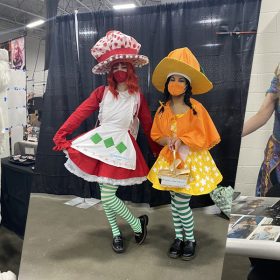
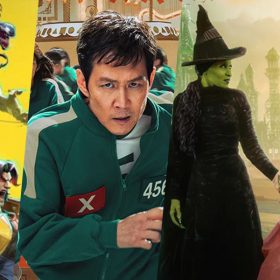
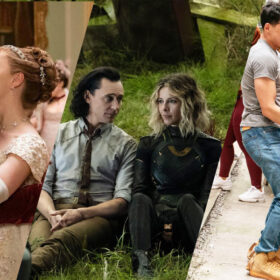
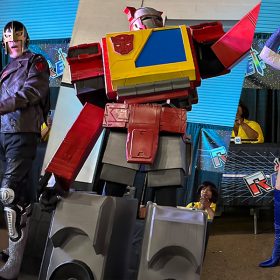
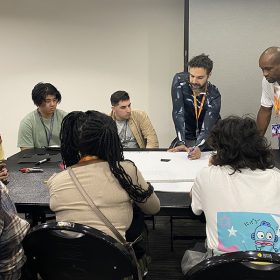
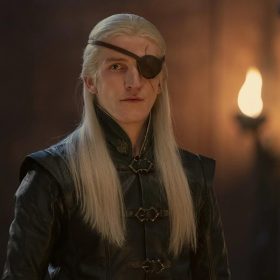
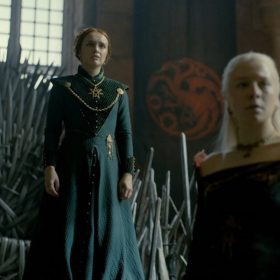
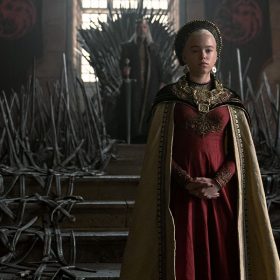
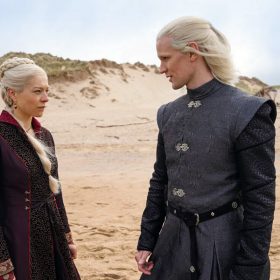
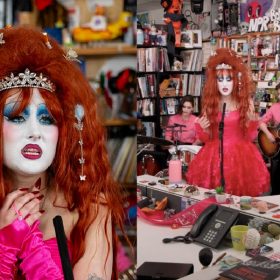
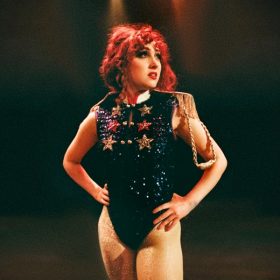
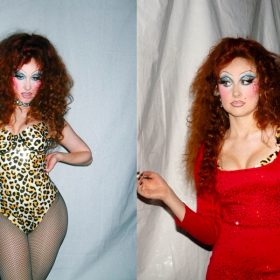
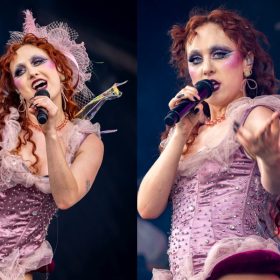
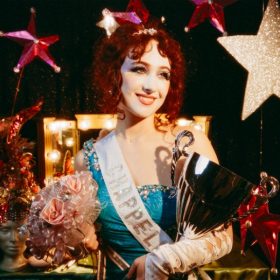
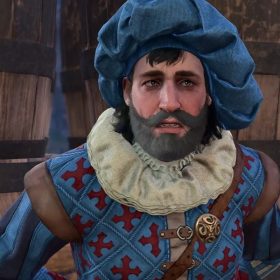
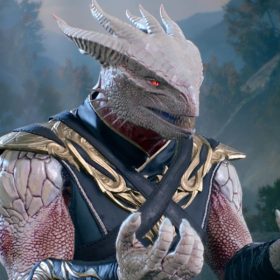
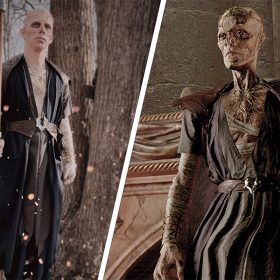
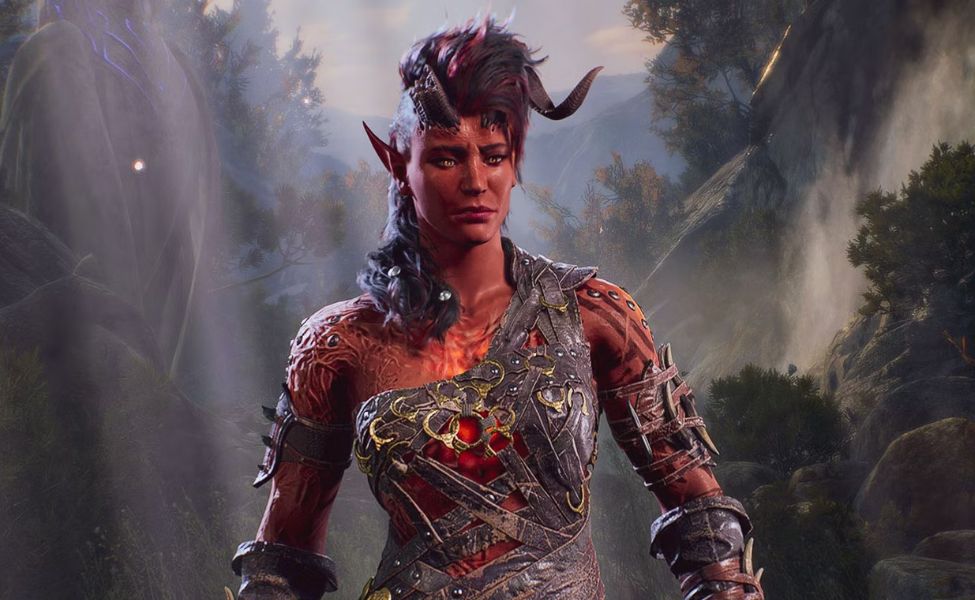
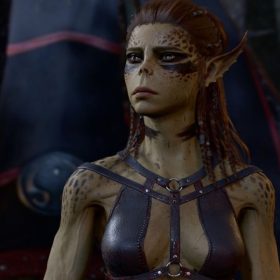
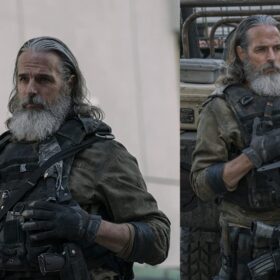
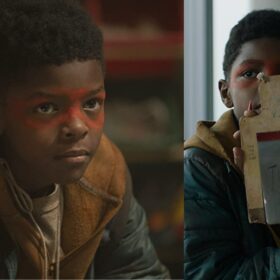
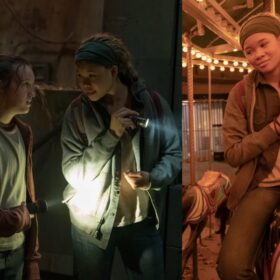
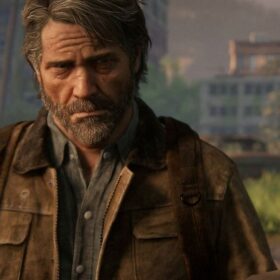
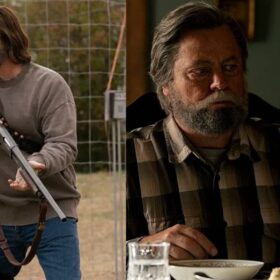
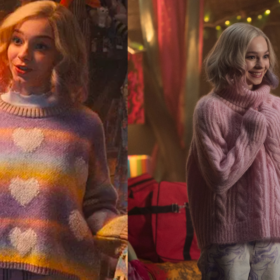
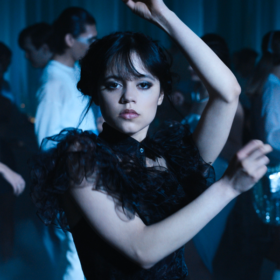
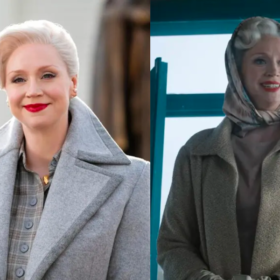
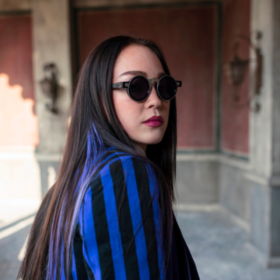
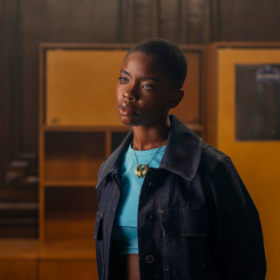

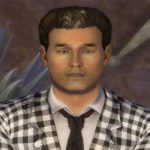

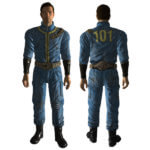
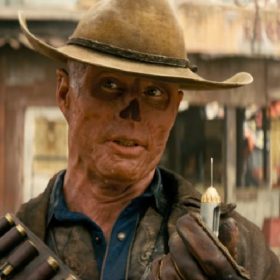






Leave a Comment